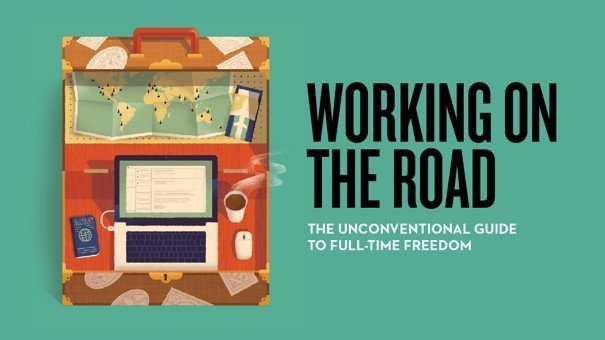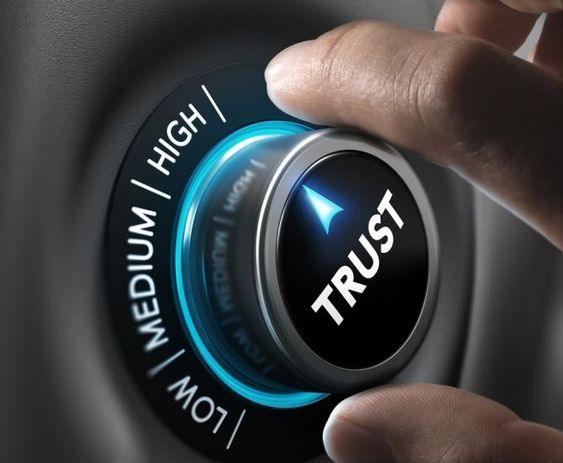When there is a collection of people or a large mass of individuals in transit, a crowd is created. Whether these people are in a stadium, at a football match or celebrating at any other occasion, this can at times be a dangerous situation. However, technology is helping those who handle crowd management to ensure the crowd stays safe. However, even though some crowds can cause suffocation and trampling, calmer crowds can also cause dangerous problems at major events.
By investing in pedestrian modelling software, Oasys is a UK technology firm which is hoping to solve this issue and help architects design buildings that are safe to use whether they are large or small crowds present. These technologies analyse, evaluate and help to provide datasets that can analyse just how safe a crowd is in any given situation. Crowds should be kept safe at all times – and these technologies are at the forefront of making sure that happens.
Listed by the government, the most significant factors contributing towards crowd danger are as follows:
- Crushing between people.
- Crushing against fixed structures, such as barriers.
- Trampling.
- Surging, swaying or rushing.
- Aggressive behaviour.
- Dangerous behaviour, such as climbing on equipment or throwing objects.
The dangers found within a crowd
During a crowd disaster, it is not usually the case that trampling is the main cause of death. This is because the movement of people can also be a powerful force during a sudden surge within a crowd. The force that can be exerted from this crowd can be up to 4500 Newtons, or 1,000lbs.
Objects that are in place to help protect crowds can also become a potential hazard; for example, steel railings can be bent if people are crushed against them, or they can cause injury to passers-by. These pressures can lead to compressive asphyxia, which results in suffocation – a common cause of death within most crowd disasters.
Contrary to popular belief, stampedes are not the most common cause of a crush. The deciding factor in a crowd catastrophe can be whether one person in the crowd has a trip or fall. Per square meter, this usually occurs within a crowd that contains six or more people. Oasys’ MassMotion technology is therefore used in crowd situations when footfall can be analysed in order to minimise the risk to those within the crowd.
A tragic example of when a crowd caused many casualties was during the Ibrox Disaster in 1971. On this day, 66 people were killed as a result of being crushed – and this was more than likely as a result of somebody tripping down a stairwell, which caused a chain reaction and resulted in compressive asphyxia for those involved.
Understanding whether there is a threat within a crowd by using pre-emptive technologies is what will allow event organisers and architects designing events and buildings to ensure people are safe when they such crowds form.
These advanced crowd technologies will allow users to spot dangers before they happen; for example, troubleshooting technologies may have prevented 70 people dying during a crush in 2003 at a nightclub in Florida. If it was established that there was not enough room for these people to evacuate per square meter – then in this case, and instances in the future, lives would have been spared and crowds made safer.
Sources:
http://www.bbc.co.uk/programmes/b00x53wd









